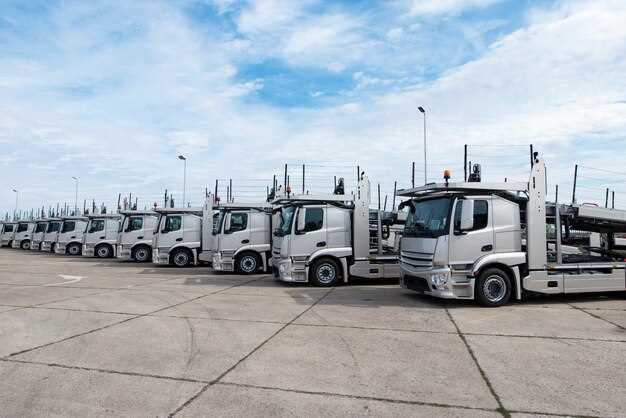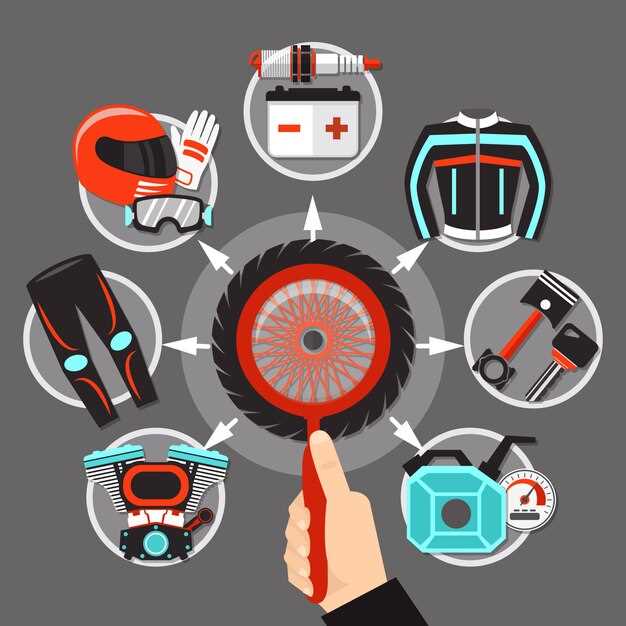
Towing a trailer can be an essential part of many activities, whether you’re going on a camping trip, transporting goods, or bringing your boat to the lake. However, it comes with its own set of challenges that can compromise safety on the road. Proper trailer towing techniques are critical to ensure not only the well-being of you and your passengers but also that of other road users. Understanding the intricacies of towing will enhance your capability to handle any situation that may arise.
Before you hit the road, it’s crucial to familiarize yourself with your truck’s towing capacity. Every vehicle has a maximum weight it can safely tow, and exceeding this limit can lead to dangerous situations, including brake failure and loss of control. Always consult your owner’s manual or the manufacturer’s specifications to determine the exact towing capacity of your truck. Additionally, for those new to towing, it’s advisable to practice with a lighter load to gain confidence and skill in handling the vehicle and trailer together.
Proper hitching and securing of the trailer are also vital aspects of safe towing. Ensure that your hitch is rated for the weight of the trailer and that it’s correctly installed and secured before departure. Use safety chains in a crisscross pattern to provide an additional layer of security in case the hitch fails. Moreover, checking the trailer lights, brakes, and tires will help prevent accidents and ensure a smooth journey.
Incorporating these safe towing tips into your routine not only enhances your personal safety but also contributes to the overall safety of the roads. Being prepared and informed allows you to enjoy the journey without unnecessary risks. Remember, safety should always come first, so take the time to educate yourself and set off on your adventures with confidence.
Understanding Your Truck’s Towing Capacity

Towing capacity refers to the maximum weight your truck is designed to safely tow. This figure is determined by the manufacturer and is influenced by several factors, including the truck’s engine power, transmission type, axle ratio, and frame strength. To ensure safe towing practices, it is crucial to understand this capacity before hitching a trailer.
To find your truck’s towing capacity, refer to the owner’s manual or the manufacturer’s specifications sticker, typically located on the driver’s side door jamb. These resources provide both the maximum tow rating and the payload capacity, which encompasses everything you load into the truck, including passengers and cargo.
The towing capacity can vary based on several configurations, such as the presence of specific towing packages, engine types, and whether the truck is equipped with a 4WD system. For example, trucks with enhanced towing packages often come with upgraded cooling systems and frame reinforcements, allowing them to handle heavier loads more effectively.
It is vital to differentiate between gross vehicle weight rating (GVWR) and gross combined weight rating (GCWR). GVWR is the maximum weight your truck can safely carry, while GCWR includes both the weight of the truck and the trailer combined. Always ensure that the total weight does not exceed these ratings to maintain vehicle safety and performance.
Additionally, consider the type of trailer being towed. Different trailers have varying aerodynamic profiles and weight distributions, which can affect stability and handling. Understanding how your truck interacts with different trailers will further aid in making informed towing decisions.
Regular maintenance of your towing components, including the hitch system, brakes, and suspension, is crucial to maintaining your truck’s towing capacity. Ensure that your equipment is in good condition to handle the loads you’re planning to tow, as this can significantly impact both safety and vehicle performance.
By understanding your truck’s towing capacity, you can select the correct trailer and load, ensuring a safe and enjoyable towing experience. Always adhere to the specified limits for safe handling and to prevent potential damage to your vehicle and trailer.
Ensuring Proper Trailer Hitch Installation and Maintenance
Proper trailer hitch installation is crucial for safe towing. Begin by selecting a hitch that matches your truck’s specifications and the weight of the trailer. Make sure to refer to the vehicle’s owner manual for guidelines on load limits and hitch compatibility.
During installation, ensure that the hitch is aligned correctly with the frame of the truck. Use the appropriate tools and follow the manufacturer’s instructions closely. It is important to secure all bolts and fittings to the recommended torque specifications to prevent any movement while towing.
Regular maintenance is vital to ensure the hitch remains safe and functional. Routinely inspect the hitch for signs of wear, rust, or damage. Pay special attention to the locking mechanisms and safety chains, which should be intact and free of corrosion. If you notice any issues, address them immediately, as neglect can lead to towing failures and accidents.
Additionally, lubricate the moving parts of the hitch periodically. This helps to prevent stiffness and ensures a smooth connection between the truck and the trailer. It’s also advisable to check the electrical connections for the trailer lights, ensuring they are operational and securely attached.
Adjustments may be necessary to accommodate different trailers. It’s essential to verify that the hitch height is appropriate for the trailer’s coupler. An improperly adjusted hitch can lead to uneven weight distribution and affect the handling of your truck while towing.
In summary, ensuring proper trailer hitch installation and maintenance involves careful selection, precise installation, regular inspections, and timely adjustments. Following these guidelines will enhance your towing experience and improve overall safety on the road.
Mastering Safe Driving Techniques While Towing

Towing a trailer requires a different approach to driving compared to regular vehicle operation. Understanding the dynamics involved when towing can significantly enhance safety on the road. Begin by adjusting your speed; reduce your speed by at least 10-15 mph to accommodate the additional weight and length of your vehicle and trailer. This adjustment permits more reaction time in emergencies and helps maintain vehicle control.
Always maintain a safe distance from other vehicles. Towing increases your stopping distance due to the added weight. It’s crucial to keep a larger gap between you and the car in front to allow enough time for braking. Anticipate stops and slowdowns early, applying brakes gently to prevent sway.
Practicing smooth steering inputs is essential while towing. Sudden movements can lead to instability. Use gradual, deliberate turns to prevent the trailer from swaying. When turning, take wider arcs to accommodate the trailer’s path.
Utilize your mirrors effectively. Regularly check your side mirrors to monitor the trailer’s position and to watch for any potential hazards. Installing extension mirrors can provide better visibility for larger trailers. Always be mindful of blind spots when changing lanes.
Braking is a crucial aspect of towing. If your trailer is equipped with surge brakes or electric brakes, ensure they are functioning correctly. Test your braking system before embarking on a long trip to ensure a responsive connection between your truck and trailer.
During windy conditions or when passing large vehicles, anticipate potential swaying. Maintain a firm grip on the steering wheel and avoid overcorrecting; instead, allow the vehicle to settle itself. Driving calmly can significantly improve stability.
Lastly, ensure your load is balanced. Distribute weight evenly within the trailer to prevent sway and improve handling. Having a properly loaded trailer enhances control and maneuverability, reducing the risk of accidents.




































